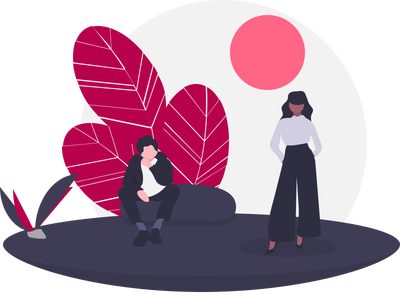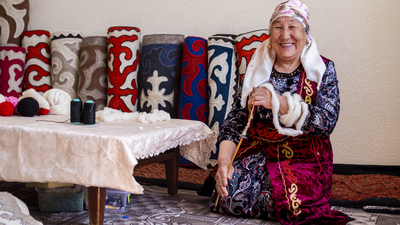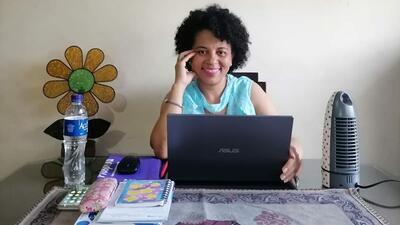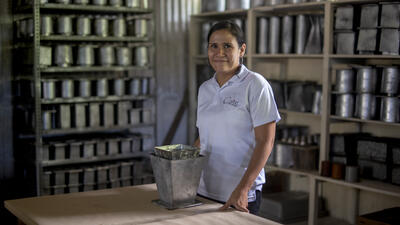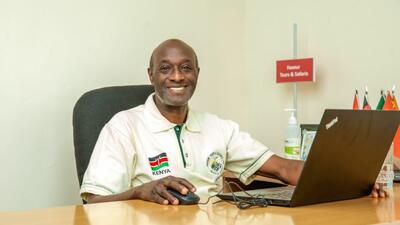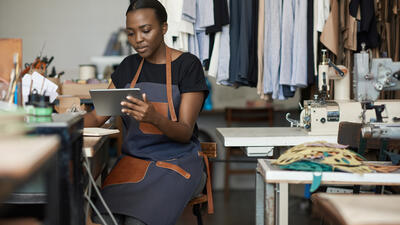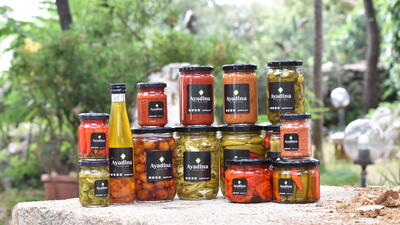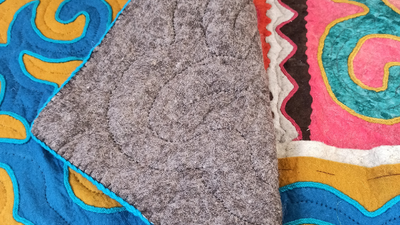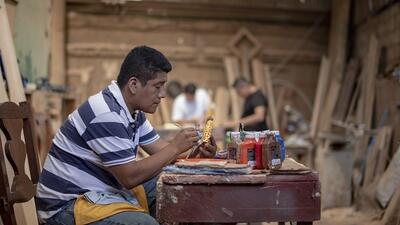
New Africa Marketplace Explorer enables small businesses to understand Africa’s nascent e-commerce sites
E-commerce tool from ITC and the Amsterdam University of Applied Sciences helps Africa’s SMEs find digital routes to market
ITC and the Amsterdam University of Applied Sciences have launched the first free online tool to provide analysis of more than 630 of Africa’s business-to-consumer marketplaces.
The Africa Marketplace Explorer addresses the lack of comprehensive information about marketplaces in more than 50 countries in Africa.
‘This comprehensive set of data provides an important contribution for understanding how the development of e-commerce can be supported in Africa,’ ITC’s acting Executive Director Dorothy Tembo said during the launch of the new tool at the United Nations Conference for Trade and Development’s eWeek event in April 2020.
‘Data and analysis on local marketplaces is hard to come by or highly incomplete,’ Ms. Tembo said. ‘For entrepreneurs in Africa it is not obvious how to find information on how to sell goods online in a regional or neighbouring country, which marketplaces exist, whether they allow foreign firms and what the access requirements are.’
Digital opportunities
The tool reveals that just 1% of Africa’s e-commerce marketplaces are responsible for 60% of the marketplace traffic on the whole continent. Only 11% of the marketplaces websites enable financial transactions (the rest are classified sites with sales made offline) which limits the possibilities of selling internationally. Small businesses that want to make online sales need to use transactional marketplaces with safe payment solutions.
The world’s biggest marketplaces do not have a strong presence in Africa, which means there is more opportunity for local marketplaces. ITC wanted to take advantage of this and find ways in which online marketplaces could support African businesses.
Online marketplaces play a substantial role in including small and medium-sized enterprises in trade because they aggregate demand, provide safe payment solutions and facilitate logistics services. They also offer routes to market for women business owners and young entrepreneurs in Africa.
For instance, Samia Ben Abdallah has been running AwA, a growing handicrafts’ business in Tunisia for two years. With the COVID-19 crisis, demand has fallen. But Samia has spotted the chance to go digital.
To Samia’s surprise, she found a growing demand for handicraft gifts as the pandemic has hit. She has been using social media to test the potential of e-commerce and using cash-on-delivery as a payment method.
Like Samia, small business may find that going digital is key to surviving – or at least weathering the pandemic − and reaching new markets. But many businesses have struggled to succeed with this due to a lack of training, finance, tools and infrastructure. Marketplaces can offer a relatively risk-free way for small businesses to test e-commerce and expand internationally.
The Africa Marketplace Explorer “provides data to the research community and substance to policy debates on e-commerce − both at the World Trade Organization and at the level of the African Continental Free Trade Area – as well as to entrepreneurs”, Ms. Tembo said.
The Africa Marketplace Explorer tool is part of ITC ecomConnect Programme which aims to build the world’s largest community of e-commerce entrepreneurs engaged in the sustainable development of small businesses online by facilitating shared learning, innovative solutions, collaboration and partnerships. The Africa Marketplace Explorer and other e-commerce tools are available on ecomConnect, the first e-commerce community platform with a special focus on entrepreneurs from developing and least-developed countries.



